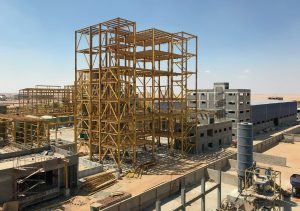
Fertilizer Industry News Roundup
Sirius Minerals is in talks with Anglo American about a £386 million cash offer for its UK-based polyhalite mine project.

Sirius Minerals is in talks with Anglo American about a £386 million cash offer for its UK-based polyhalite mine project.

ChemBe process from EcoPhos merges beneficiation with chemical processing to generate high-quality phosphoric acid and dicalcium phosphate products. Mohamed Takhim , the CEO and founder of EcoPhos, describes how the ChemBe process is being implemented at the Evergrow project in Egypt.